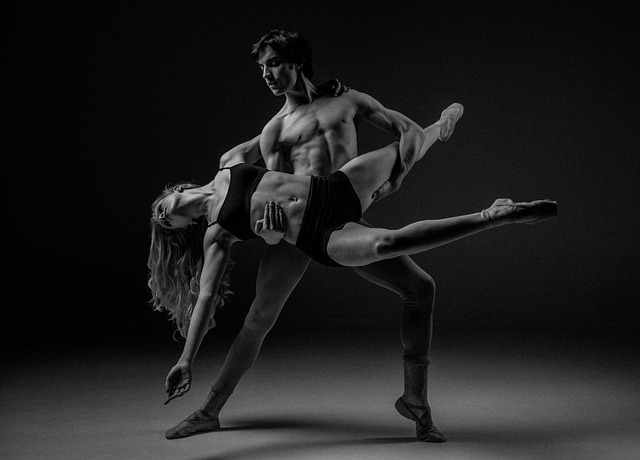The Intersection of Neoclassical Ballet and Contemporary Costume Design
When we think of ballet, images of graceful dancers in elaborate tutus and pointe shoes often come to mind. Ballet is a timeless art form that has captivated audiences for centuries. Neoclassical ballet, with its emphasis on clean lines and technical precision, has found a unique and harmonious partnership with contemporary costume design. This collaboration between movement and fashion has given rise to stunning performances that seamlessly blend tradition and innovation.
Neoclassical ballet, characterized by its fusion of classical technique and modern sensibilities, emerged in the early 20th century. Choreographers sought to break away from the strict narratives of traditional ballet and focus on the beauty of movement itself. This shift in approach opened the door to experimentation not only in choreography but also in costume design.
Contemporary costume designers have embraced the challenge of creating ensembles that honor ballet's heritage while embracing the aesthetics of today. These designers draw inspiration from a myriad of sources, from architecture and nature to abstract art and technology. The result is a collection of costumes that mirror the dancers' fluidity and expressiveness on stage.
The collaboration between neoclassical ballet and contemporary costume design is a delicate dance of its own. Costume designers must consider the dancers' movements and needs, ensuring that the costumes enhance their performances rather than hinder them. This requires a deep understanding of ballet technique and a keen awareness of how fabrics, textures, and shapes interact with motion.
One of the challenges costume designers face is striking a balance between tradition and innovation. They must respect the established aesthetic of ballet while also infusing their creations with fresh and imaginative elements. This delicate equilibrium is exemplified in the incorporation of modern materials and techniques into costumes, resulting in garments that not only look visually stunning but also allow for greater range of motion.
The relationship between neoclassical ballet and contemporary costume design is a dynamic one, with each informing and elevating the other. The costumes become an extension of the choreography, amplifying the emotions and narratives expressed through movement. Conversely, the choreography can influence the design choices, inspiring designers to create costumes that accentuate specific gestures or motifs.
One remarkable aspect of this collaboration is how it highlights the evolution of ballet as an art form. Neoclassical ballet's emphasis on athleticism and fluidity is reflected in the way costumes are designed to emphasize the dancers' physical prowess while allowing for a seamless range of motion. This synthesis of form and function showcases the adaptability and endurance of ballet as it continues to resonate with modern audiences.
Ultimately, the intersection of neoclassical ballet and contemporary costume design is a testament to the enduring power of collaboration. It celebrates the marriage of tradition and innovation, movement and fashion, and past and present. As audiences are transported by the artistry of dancers and the creativity of designers, they are reminded that beauty can be found not only in the spotlight but also in the intricate details that come together to create a mesmerizing performance.







